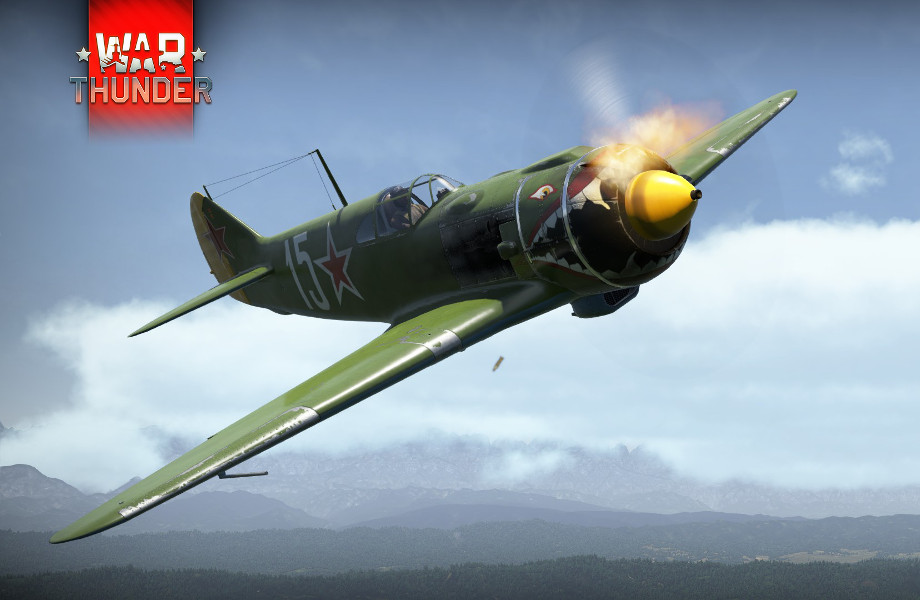
- For PC
- For MAC
- For Linux
- OS: Windows 10 (64 bit)
- Processor: Dual-Core 2.2 GHz
- Memory: 4GB
- Video Card: DirectX 11 level video card: AMD Radeon 77XX / NVIDIA GeForce GTX 660. The minimum supported resolution for the game is 720p.
- Network: Broadband Internet connection
- Hard Drive: 23.1 GB (Minimal client)
- OS: Windows 10/11 (64 bit)
- Processor: Intel Core i5 or Ryzen 5 3600 and better
- Memory: 16 GB and more
- Video Card: DirectX 11 level video card or higher and drivers: Nvidia GeForce 1060 and higher, Radeon RX 570 and higher
- Network: Broadband Internet connection
- Hard Drive: 75.9 GB (Full client)
- OS: Mac OS Big Sur 11.0 or newer
- Processor: Core i5, minimum 2.2GHz (Intel Xeon is not supported)
- Memory: 6 GB
- Video Card: Intel Iris Pro 5200 (Mac), or analog from AMD/Nvidia for Mac. Minimum supported resolution for the game is 720p with Metal support.
- Network: Broadband Internet connection
- Hard Drive: 22.1 GB (Minimal client)
- OS: Mac OS Big Sur 11.0 or newer
- Processor: Core i7 (Intel Xeon is not supported)
- Memory: 8 GB
- Video Card: Radeon Vega II or higher with Metal support.
- Network: Broadband Internet connection
- Hard Drive: 62.2 GB (Full client)
- OS: Most modern 64bit Linux distributions
- Processor: Dual-Core 2.4 GHz
- Memory: 4 GB
- Video Card: NVIDIA 660 with latest proprietary drivers (not older than 6 months) / similar AMD with latest proprietary drivers (not older than 6 months; the minimum supported resolution for the game is 720p) with Vulkan support.
- Network: Broadband Internet connection
- Hard Drive: 22.1 GB (Minimal client)
- OS: Ubuntu 20.04 64bit
- Processor: Intel Core i7
- Memory: 16 GB
- Video Card: NVIDIA 1060 with latest proprietary drivers (not older than 6 months) / similar AMD (Radeon RX 570) with latest proprietary drivers (not older than 6 months) with Vulkan support.
- Network: Broadband Internet connection
- Hard Drive: 62.2 GB (Full client)
The story of the La-5 begins with the prototype I-301, an aircraft constructed using delta-drevsina, an innovative strong and fire resistant wood laminate. The I-301 was put into production as the LaGG-3 in December 1940 but teething troubles, inexperienced pilots and poor performance compared to the Bf 109 resulted in an unimpressive showing when Germany invaded in 1941.
Seeking a way to improve the LaGG-3, lead designer Semyon Lavochkin turned to the powerful M-82 radial engine designed by Arkadiy Shvetsov. Modifying the LaGG to take the wider and heavier air-cooled engine was not straightforward but the result was a fighter with significantly improved performance, put into production as the La-5 in July 1942.
Found at the end of Rank 2 in the Soviet tree the La-5 is not truly outstanding in any one area. On the other hand, it has no major weaknesses. It is reasonably fast, has decent manoeuvrability and good armament consisting of two nose-mounted 20mm cannon with plenty of ammunition. The La-5 performs best at low to medium altitude where its supercharger operates efficiently; as you approach 3,000m (10,000ft) you lose the ability to use WEP so try and keep engagements under that altitude. Do not start out at very low level though or you will be at the mercy of repeated bounces from above.
Being the proverbial jack-of-all-trades, tactics when flying a La-5 depend largely on being able to assess the strengths of an opponent and exploit their vulnerabilities. Never engage a more manoeuvrable aircraft like an A6M Zero or Spitfire in a turning fight, keep your energy and speed up and "boom and zoom" them. If facing a faster adversary such as a Bf 109 or P-47 it can be difficult to get away when "zooming", especially at higher altitude, so try and drag them into a turning fight instead.
If your opponent has the altitude advantage then as long as you can avoid their initial attack try and get after them as they climb away; the La-5, particularly the F and FN variants with upgraded engines, can climb well and you have a chance of getting a snap shot back at them before they are out of range. The nose mounted guns are useful here; without having to worry about convergence you can score hits out to 1km (0.6 miles) or even further, though it does require steady aim and a bit of luck - closer range shooting is more desirable. You also have a chance at winning head-on attacks, especially against a foe with wing-mounted guns but these are always something of a lottery.
The La-5 and other improved fighters such as the Yak-7 put Soviet pilots on a more even footing with the Bf 109s and Fw 190s of the Luftwaffe. More powerful and reliable versions of the M-82 engine were introduced in the La-5F and La-5FN, and the teething troubles from the hurried adaptation of the LaGG-3 for its new engine were resolved before a more fundamental redesign resulted in the La-7. As their pilots gained experience, the new fighters allowed the VVS to contest, then gain the upper hand in the skies over the Eastern Front as the war progressed.
The most notable La-5 pilot was Ivan Kozhedub, a flight instructor who was finally allowed to join a frontline regiment in November 1942 shortly after it had received new La-5s. Kozhedub flew the La-5 and La-7 through the war, finishing with 62 victories as the highest scoring Allied ace.
The La-5 will not suit every player in War Thunder; if you have a strong preference for either speed or manoeuvrability then another fighter may work better for you, but for adaptable pilots who can adjust their tactics it is a fine choice.
Author: John “Zoso” Moore
Want to read more about the vehicles in War Thunder? Find other Vehicle Profiles on our website!







